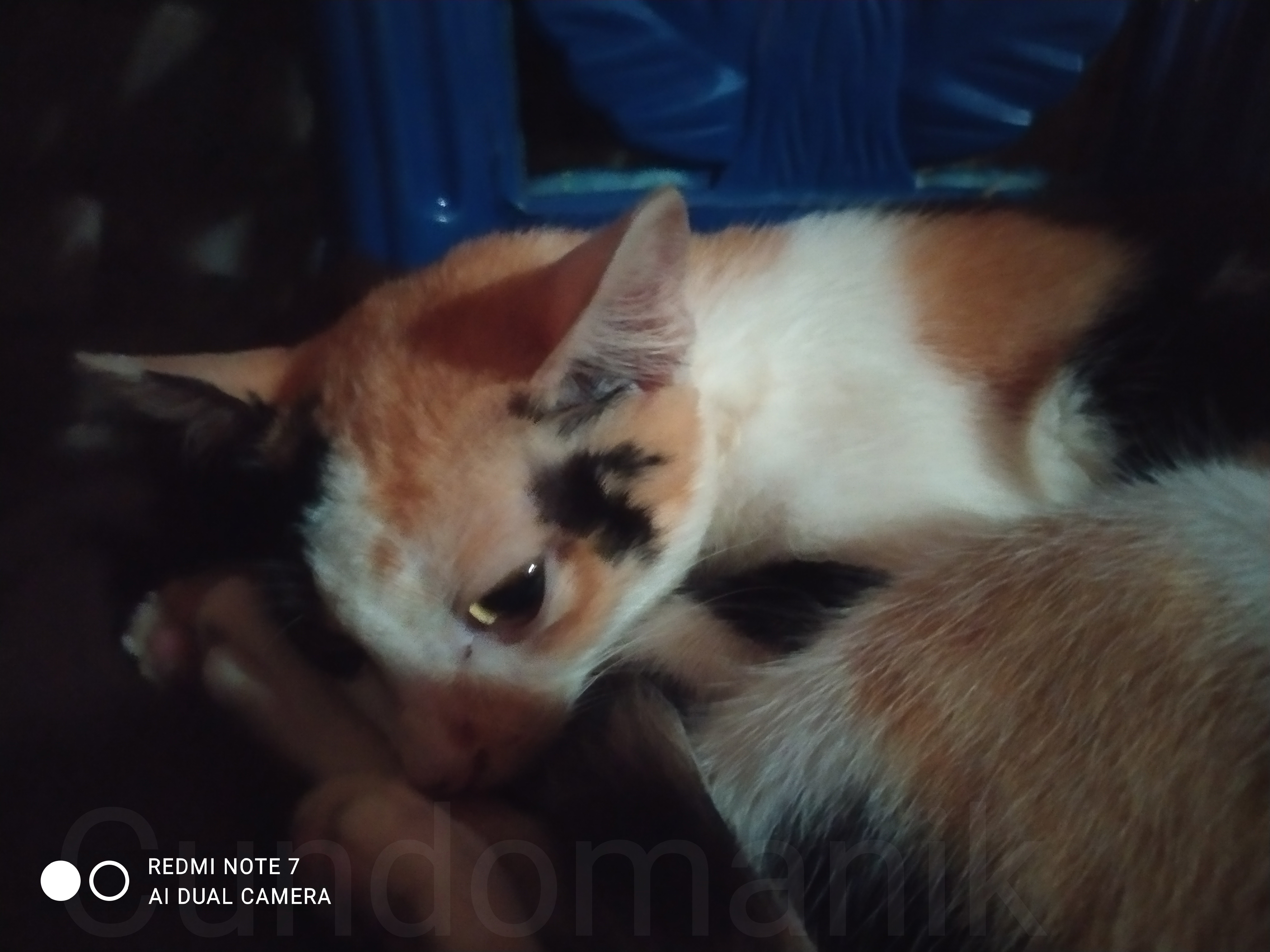Where Do Domestic Cats Come From?
Cundomanik Official - Domestic cats or domestic cats have the Latin name felis silvestris lybica which comes from the Neolithic period in ancient Egypt. According to research conducted by Claudio Ottoni, a researcher from the University of Rome, the domestication of cats occurs in two types.
He also said that domestic cats have a common ancestor, which comes from the wild cats of North Africa or West Asia. In addition, by studying the DNA of ancient cats from around the world, the researchers found that domestication of cats occurred in the Neolithic period and then arrived in ancient Egypt.
Jean Denis Vigne, a researcher from the French National Center for Scientific Research, studied the skeletal remains of cats in China and found their connection to leopards in China. However, the researchers did not find any domestic cat related to the leopard cat.
Why Do Domestic Cats Spread?
Research conducted by Ottoni also explains why cats spread all over the world. By analyzing ancient DNA from cat remains found in the port city, scientists concluded that the cats were transported by ship.
Cats are used to help protect food storage on ships to kill rodents. It was this journey that allowed cats to spread all over the world.
Cat Fur Pattern
Launching the Library of Congress page, the history of domestic cats cannot be separated from the pattern of cat fur. Analyzing the cat's coat pattern is the best way to tell the difference between a domestic cat and a purebred cat.
Ottoni discovered that the genes in the majority of today's domestic cats were not discovered until the Middle Ages. This affects the cat's domestication process which is slow.
Scientists also use coat colors and patterns to study other aspects of cats. This was done by a researcher named VJ Crossley who found that cat disease was also influenced by the type, coat color, and hair length.
This study also said that the cat disease tends to be in non-breed long-haired cats, while the low risk is experienced by long-haired cats.
The Relationship Between Fur Color and Behavior
Researcher EA Stelow conducted a study using an online survey and found that dark colored cats such as gray and white and black and white tend to be more aggressive than cats of other colors.
In addition, light-colored and light-colored cats generally find hosts faster than dark and old cats. What kind of cat do you like?



Comments
Post a Comment